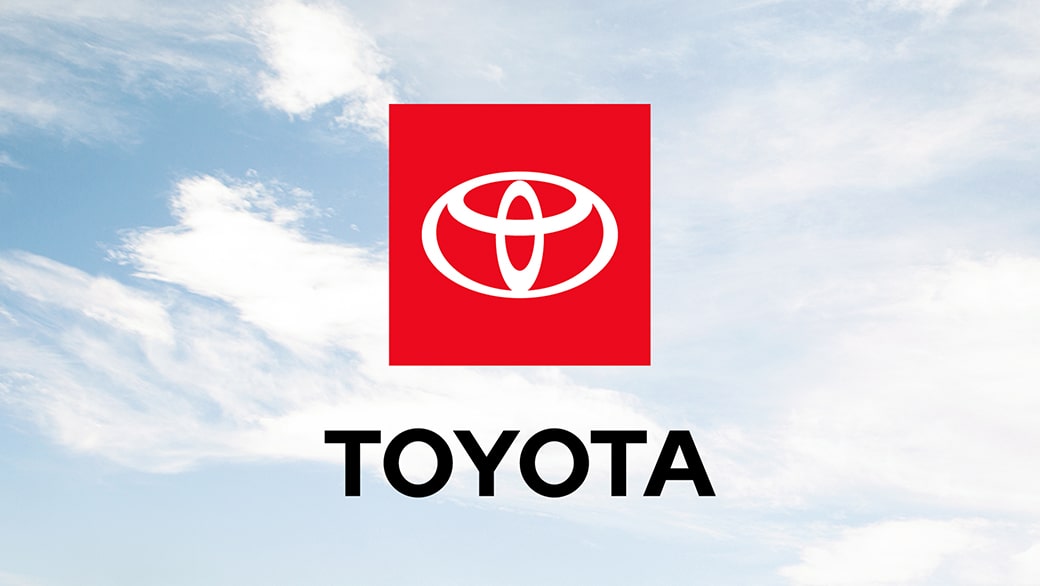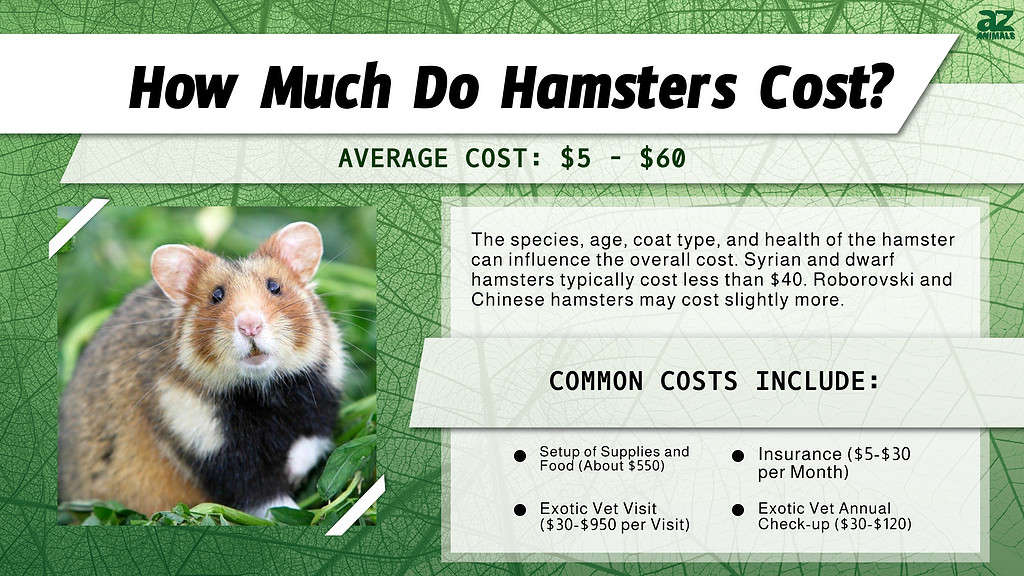Pet Finance 101: How to Budget and Save for Your Pet’s Needs
Introduction:
Hook:
Pets are more than just animals—they’re family members. From food and healthcare to grooming and emergencies, the costs of caring for a pet can add up quickly. Whether you’re a first-time pet owner or an experienced one, budgeting for your pet’s needs is essential. In this post, we’ll show you how to manage pet expenses and save for future care without breaking the bank.
Importance:
Just like any other family member, pets require financial commitment. Planning ahead and budgeting for pet expenses can ensure they get the best care possible without putting a strain on your finances.
see more: Life-insurance-what-you-need-to-know
see more: Bentley Insurance
Section 1: Understanding the Costs of Owning a Pet
Subheading: How Much Does It Really Cost to Own a Pet?
-
Initial Expenses:
- Adoption or purchase fees
- Pet supplies (bed, toys, bowls, collar, leash, etc.)
- Microchipping and vaccinations
-
Ongoing Monthly Expenses:
- Food and treats
- Routine veterinary care (vaccinations, check-ups, flea and tick treatments)
- Pet insurance (if applicable)
- Grooming (depending on the breed)
- Pet supplies (cat litter, dog waste bags, etc.)
-
Unexpected Costs:
- Emergency vet visits or surgeries
- Lost or damaged property (e.g., chewed furniture or electronics)
- Pet sitting, boarding, or daycare
Section 2: How to Budget for Pet Care
Subheading: Create a Pet Budget to Manage Expenses Effectively
-
Track Your Pet’s Monthly Costs:
- Create a spreadsheet or use budgeting apps like Mint or YNAB to track your pet’s monthly expenses. Include food, grooming, insurance, and other regular costs.
-
Plan for Annual or Occasional Costs:
- Schedule yearly checkups and vaccinations, as well as anticipated annual expenses such as heartworm medication, flea treatment, and seasonal grooming.
-
Build an Emergency Fund:
- Set aside funds for unexpected medical emergencies. A pet emergency fund will give you peace of mind in case of illness or injury. Try to save at least $500–$1,000 for unexpected vet visits or surgeries.
-
Set Realistic Expectations:
- Depending on your pet’s breed, age, and health, costs may fluctuate. Large dogs typically cost more to feed and care for than smaller breeds, and older pets may need additional medical attention.
Section 3: Pet Insurance: Is It Worth It?
Subheading: Protect Your Finances with Pet Insurance
-
What is Pet Insurance?
- Pet insurance works similarly to health insurance for humans, covering unexpected veterinary bills. Policies can cover accidents, illnesses, surgeries, medications, and even some wellness visits, depending on the plan.
-
Types of Coverage:
- Accident-only policies: Cover emergency vet visits due to accidents.
- Comprehensive policies: Include coverage for illnesses, surgeries, and preventative care like vaccinations and flea control.
- Wellness or preventive policies: Cover regular checkups, vaccinations, and other preventative care.
-
How to Choose the Right Pet Insurance:
- Compare policies based on coverage, cost, and exclusions. Look for plans with high customer ratings and transparent terms.
- Consider factors like your pet’s age, breed, and health when selecting a policy.
- Average monthly premiums range from $20 to $80, depending on your pet’s age and the plan.
-
Pros and Cons of Pet Insurance:
- Pros: Helps reduce unexpected vet bills, peace of mind, and allows you to focus on your pet’s health instead of finances.
- Cons: It can be expensive, and not all conditions are covered. Make sure to review the policy details carefully.
Section 4: Saving Money on Pet Expenses
Subheading: Smart Strategies to Cut Costs While Giving Your Pet the Best Care
-
Look for Discounts:
- Many pet stores and online retailers offer discounts or promotions, especially for first-time buyers. Look for bulk-buy deals for pet food or supplies.
- Sign up for newsletters from pet stores to receive exclusive discounts or coupons.
-
Do-It-Yourself Grooming:
- If your pet doesn’t require professional grooming, consider learning basic grooming techniques. Brushing, nail trimming, and washing your pet at home can save money in the long run.
-
Shop for Generic Medications:
- Check with your vet about generic versions of medications or vaccines, which can be just as effective but more affordable.
-
Preventative Care:
- Regular checkups, a balanced diet, and exercise can help prevent expensive health problems down the line. Taking proactive care of your pet’s health is often cheaper than treating conditions later.
-
Pet Sitting & Boarding:
- Instead of paying for expensive pet sitting or boarding services, consider swapping pet-sitting services with friends or family, or use a trusted pet-sitting app for cheaper alternatives.
Section 5: Financial Tips for Pet Owners
Subheading: How to Plan for Long-Term Pet Expenses
-
Create a Separate Savings Account:
- Consider setting up a dedicated savings account for your pet’s needs. This can help you avoid dipping into your main savings account and better track your pet’s expenses.
-
Consider Pet Trusts or Estate Planning:
- If you have multiple pets or significant financial concerns, consider setting up a pet trust in your will. This ensures that funds are available for your pet’s care if you pass away.
-
Start Saving Early:
- Just like saving for retirement, it’s essential to start saving for your pet’s future care. Setting aside small amounts each month can add up over time.
Conclusion: Planning for Your Pet’s Future Starts Now
Owning a pet is a long-term financial commitment, but with careful planning, you can ensure that your furry friend gets the care they need without compromising your financial security. By budgeting, saving for emergencies, and considering pet insurance, you can provide your pet with a happy, healthy life while maintaining financial peace of mind.
Call to Action: Start Budgeting for Your Pet Today!
Are you ready to take control of your pet’s finances? Download our free pet budgeting worksheet and start planning for your pet’s care today. Your pet will thank you!
SEO & Keyword Strategy:
- Primary Keywords: “Pet finance”, “how much does it cost to own a pet”, “pet budgeting”, “pet insurance”, “save money on pet care”
- Secondary Keywords: “pet care costs”, “pet savings plan”, “pet emergency fund”, “cheap pet insurance”, “how to budget for pets”
- Internal Links: Link to articles like “How to Choose the Right Pet Insurance” or “Affordable Pet Care Tips”
- External Links: Reference reputable pet insurance comparison websites or financial planning resources.
Images & Visuals:
- Infographics about the cost of pet ownership.
- Budget charts for pet expenses.
- Pictures of pets in a loving home setting, possibly interacting with their owners.










